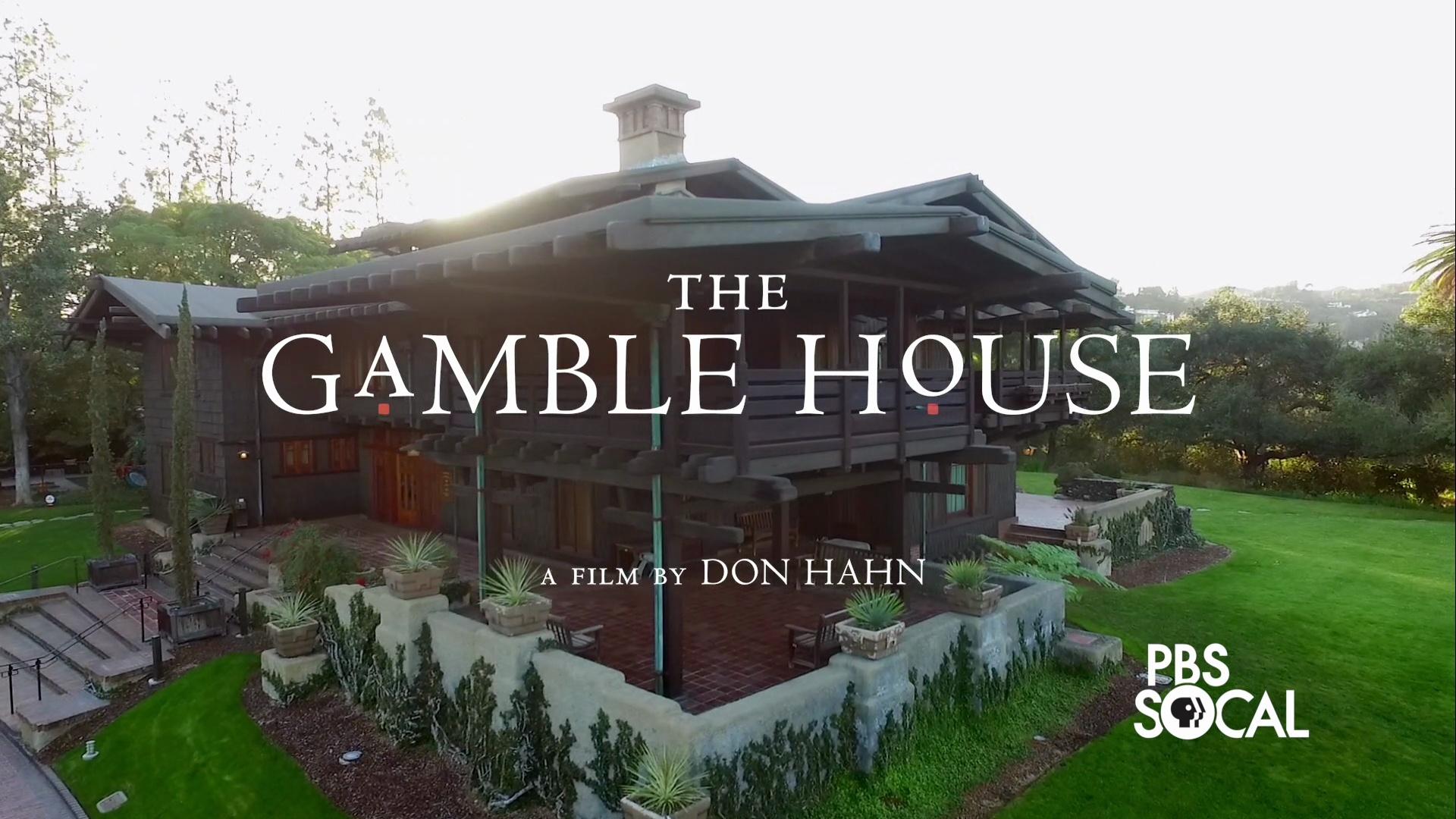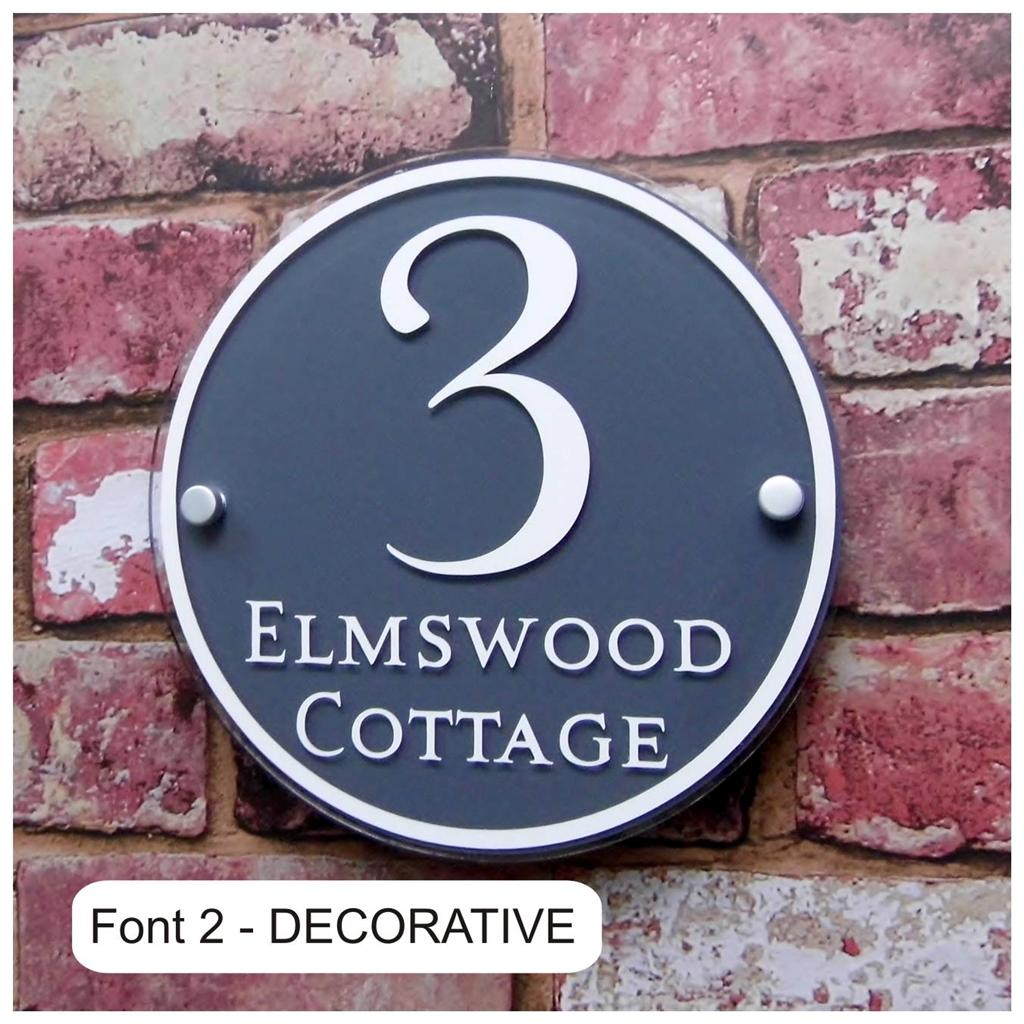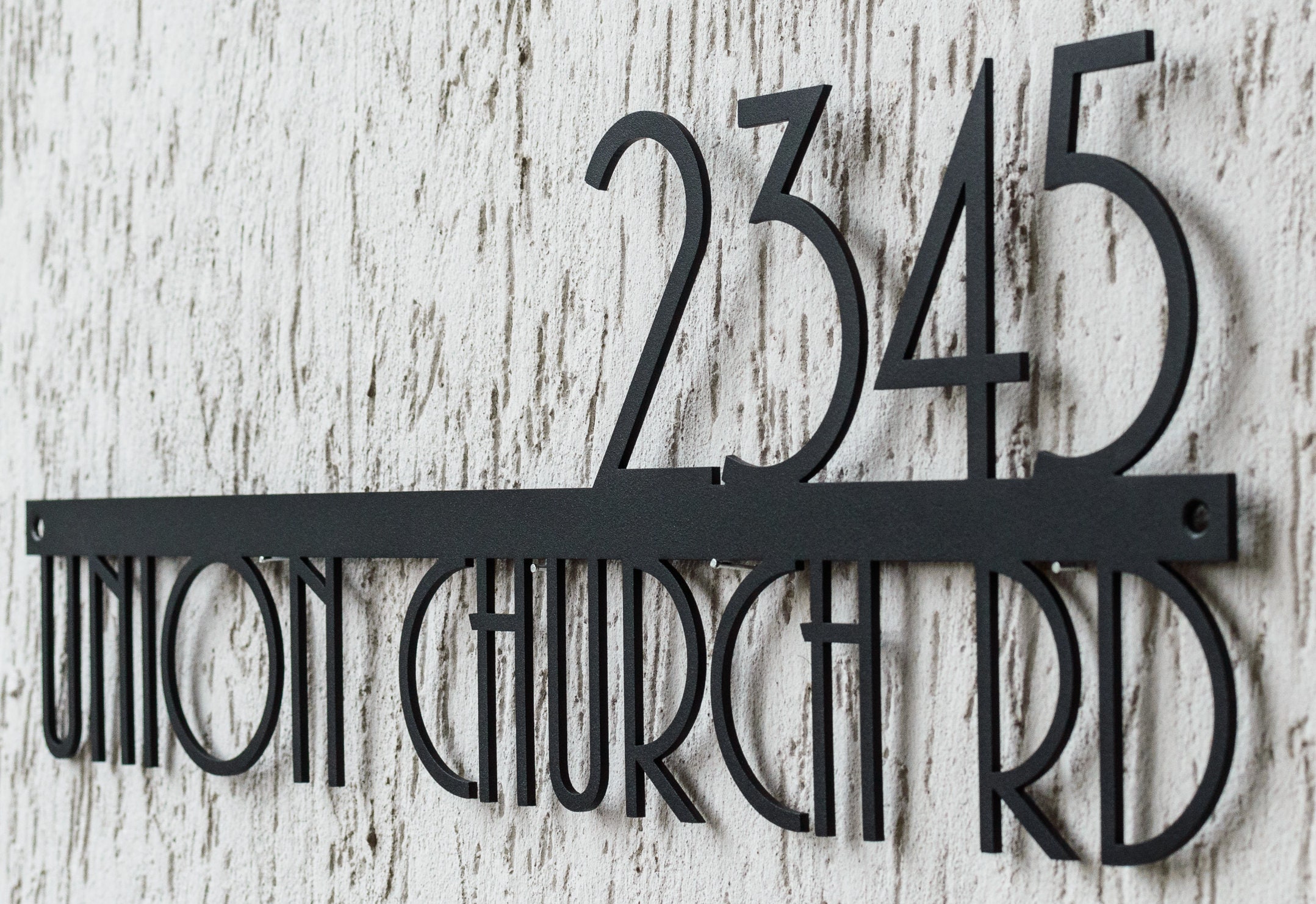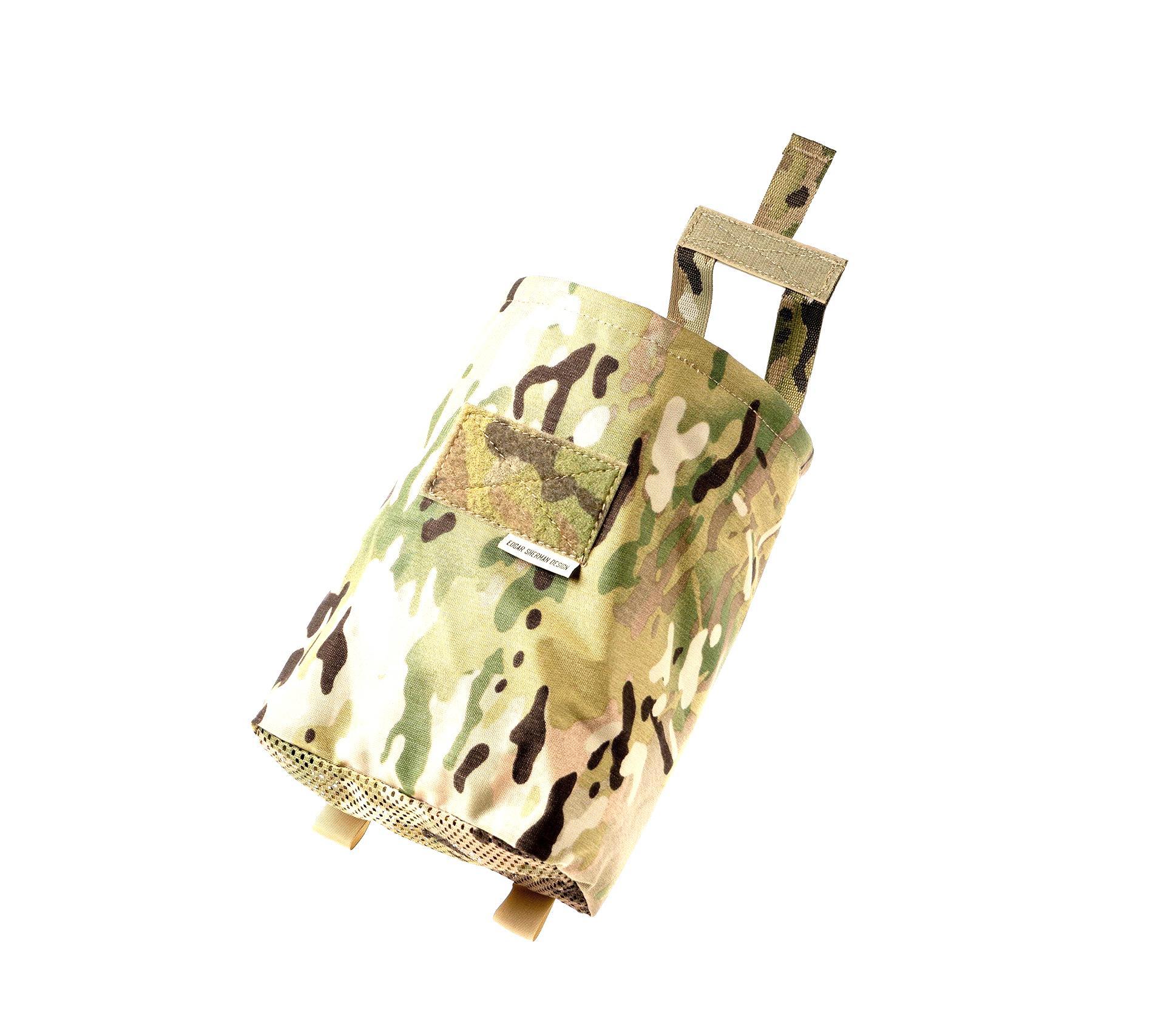Table Of Content
In fact, Isabelle Greene—the granddaughter of Henry Greene and landscape architect—has been working on revamping the garden that has been forgotten for years. She’ll be bringing it back to life based on the original vision that Mary Gamble had created. It had been her cherished cutting garden and was a place where Isabelle spent much of her childhood. Ever since the house was designated as a National Historic Landmark in 1978, it’s been owned by the City of Pasadena and is operated by the University of Southern California. Marking the 50th anniversary of the house being gifted to the city, this entire year has been filled with celebratory events including lecture series, tours, family-friendly days, and reunion events. They're also planning to reveal a documentary that's been in the works by well-known film producer, Don Hahn.
Public Tours
The icebox/refrigerator in the cold room was too small in scale for a house of that size. The stove in the stove room had been acquired from another Greene and Greene house. But it was a 1920’s stove, which was not the correct period for the Gamble House. The Gamble house incorporates Craftsman design in combination with deep Japanese influence.
The Gambles In Pasadena
They briefly considered selling it, until prospective buyers spoke of painting the interior woodwork white. In 1966, the Gamble family turned the house over to the city of Pasadena in a joint agreement with the University of Southern California (USC) School of Architecture. The Gamble House was declared a National Historic Landmark in 1977.[3][6] Today, two 5th-year USC architecture students live in the house full-time; the selected students change annually. The home was commissioned by David and Mary Gamble, of Proctor & Gamble fame, and designed by brothers, Charles and Henry Greene. Originally from Cincinnati, this was originally designed as the Gamble’s winter home to escape the cold Ohio winters. Designed by Greene and Greene in 1908, the Gambles worked closely with their architects, and the Greene brothers incorporated things like the Gamble family crest, among other details of items the Gambles planned to have in the home.
Materials and Tags
Indigenous Japanese shapes appear throughout the house, in the contour of the dining room table, the cloud lift in the transom bar of each window, the recessed handles on drawers and the ebony frame of the master bedroom furniture. Karla found 1908 catalog images of the checkered linoleum, which gave Ted the confirmation he needed to proceed with the linoleum restoration. The Forbo company donated the linoleum material and a volunteer was able to install it. Ted was looking for confirmation on period correctness on the proposed replacement stove and icebox, and on the linoleum in the old black and white images. Karla was able to send him images of period advertisements, which corroborated the period of the icebox, stove and linoleum. While the kitchen was beautiful, it still was missing some important details to be truly reflective of the overall 1908 interpretation of the house.
The Gamble House In Pasadena Reopens For Indoor Tours - Pasadena, CA Patch
The Gamble House In Pasadena Reopens For Indoor Tours.
Posted: Wed, 03 Nov 2021 07:00:00 GMT [source]
The tour will also visit the elegant Greene and Greene-designed portals and gates of Westmoreland Place. The original patrons lived in the house until death, and it was continually passed down through the Gamble family until 1966, when it was almost sold to a family who intended to paint the interior teak and mahogany woodwork white. They immediately realized the artistic and architectural importance of this home and deeded it to the city of Pasadena in a joint agreement with the University of Southern California Department of Architecture. Tours are offered now, as the Gamble House is both a museum and a National Historic Landmark. The developed style of Greene and Greene is very distinguishable in the design world, as their Japanese inspirations are incorporated into stain glass windows, details carved and formed with wood, joinery and joint pieces traditional to architecture in Japan.
Rites of Spring: Nature, Myth, and Legends
It is one of America’s most stunning house museums, and is a treasure to all who experience it’s beauty. The Craftsman style uses a nature-inspired color palette featuring browns, olive greens, and rust oranges. Allowing the structure to blend in with the surroundings helps establish a sense of unity with the landscape and a relaxed feel. After completion of the house, the Gambles invited Mary’s younger sister, Julia, to live with them. Julia continued to live at the house until her death in 1944, when one of David and Mary’s children, Cecil, and his wife, Louise, moved in. But, if I’m totally honest, I’m really not the biggest fan of the American Craftsman Movement of the late 19th and early 20th century.
The mission of The Gamble House is to inspire the public’s appreciation and understanding of architecture as a fine art through the example of The Gamble House, the most complete and best-preserved work of American Arts and Crafts architects Charles and Henry Greene. The prominent amount of lush outdoor space and sleeping porches on the property exhibit an appreciation that the Greenes had for nature. To accommodate a eucalyptus tree that existed on the land before the house was built, the Greenes created notches in the roof line where it could stand. The house’s art glass—shown here on the front door—acted as a way to bring light into the space before there was electricity. Inspired by Japanese architecture, the Greenes ensured that there were no hard edges to be found on the property. The exterior of the house is lined with Douglas fir and the extended overhanging eaves act as cooling agents while protecting the porch from the rain.
While Marty arriving on Doc’s doorstep is in fact an exterior shot, it is the door to the Blacker House that he knocks upon and that Doc opens. Since the establishing shots of Doc’s house as the Gamble House were so wide, and the front door slightly obscured, it worked out just fine. In real life it also bridges time, as the history of the home ties Pasadena’s past to its present. In 1895, David Gamble retired from his position in the family-run Proctor & Gamble Company and began to winter in Pasadena with his wife Mary. Preservationists had originally finished the exterior eaves with a type of soap stain, which ended up wearing off over the years.
The house is located on a grassy knoll overlooking Pasadena's Arroyo Seco, a broad, seasonally dry river bed. Because of the Gambles’ attraction to the environment, the Greenes designed the house to complement the rustic setting. The house's design reflected the Gambles' love of nature as flowers and trees were brought to the interior—creating pictures in wood, metal, art glass, and semi-precious stone. David and Mary Gamble lived in the house during the winter months until their deaths in 1923 and 1929, respectively. Cecil Huggins Gamble and his wife Louise Gibbs Gamble lived in the house beginning in 1946.
Not only did the Greene brothers design the house, but they also designed the furniture, within to create a cohesive feel. It all began when David and Mary Gamble of the Proctor and Gamble family packed up their belongings and moved from Ohio to sunny California in 1893. At the time, many families from booming cities in the Midwest and on the East Coast were migrating to California in the hopes of a cleaner, warmer, healthier lifestyle. Many of them settled in Southern California and a large group set up camp in Pasadena. Enjoy a guided walk around the historic Arroyo Terrace neighborhood, a National Register historic district that’s home to nine Greene & Greene houses as well as the works of other noted architects such as Myron Hunt, Edwin Bergstrom, Elmer Grey, and D. Among these are the personal residences of Myron Hunt and of Charles Greene, whose house evolved between 1902 and 1915 as his family grew and his design ideas matured.
Additionally, they worked closely with Emil Lang, a glass artisan who was responsible for the stained glass that fills the house. Not only did the Greene brothers create the structure, but they also designed the furnishings, lighting, textiles, and intricate architectural details throughout the house. Along with about 10 local craftsmen, the Greenes worked tirelessly over the course of two years to formulate every little detail of the house. The Gamble House, also known as the David B. Gamble House, is an iconic American Craftsman home in Pasadena, California, designed by the architectural firm Greene and Greene.
The White House is expecting dozens of participants Friday, including students, teachers and labor advocates. Attendees will share stories about efforts to create more sustainable school buildings and promote children’s health, the White House said. Participants will also learn about how to maximize climate law provisions that allow schools to access clean energy tax credits. The green schools summit comes on the final day of the Biden White House’s week of events to commemorate Earth Day. The administration has rolled out a series of climate and environmental policies this week, including Thursday’s major announcement that EPA finalized its long-awaited climate rule for power plants. To protect and preserve the Gamble House in perpetuity to nationally recognized standards of conservation.
Perhaps meeting the architects at the construction site, and certainly impressed with the other Greene & Greene houses in the Park Place neighborhood, the Gambles met with the brothers and agreed on a commission. It has patterned brick paving with planting areas, a large curvilinear pond, and garden walls made with distinctive clinker bricks and boulders. Paths made with large water-worn stones from the nearby Arroyo Seco are reminiscent of running brooks crossing the lawns. The overall landscape design and constructed garden elements are integrated with the architectural proportion and detailing.
The Green brothers attend an exhibit on Japanese architecture while moving to California, and the influence is evident throughout their work. In The Gamble House, Japanese-inspired cherry blossom tree and cloud motifs can be seen on the front doors, windows, lighting, and more. Additional elegant Greene and Greene creations (still privately owned) abound 2 blocks away along Arroyo Terrace, including nos. 368, 370, 400, 408, 424, and 440. For occasional opportunities to actually go inside the homes, there's the annual Craftsman Weekend in October, and Bungalow Heaven in April.
While the home was constructed in the Craftsman style decades prior, the elements of indoor-outdoor connections, horizontal lines, and earthy color palette resonated with the era. “Architecture as a Fine Art,” was Charles Greene’s mantra (he wrote an article of this title in 1917), and his vision of marrying exquisite craft with beautiful and useful designs became central to the Greenes’ reputation, for better or worse. In the Gamble House, the two brothers could explore the full possibilities of this vision for clients who appreciated and could afford it. That their work was no longer in demand by 1915 is as much due to changing fashions (including the rise of interior decorators), as it was to the wartime economy and the high cost of materials and labor. Charles moved with his family to Carmel-by-the-Sea in 1916, where he continued some design work, though at a slower pace. Henry nominally carried on the joint practice in Pasadena until 1922, when it was formally dissolved.















